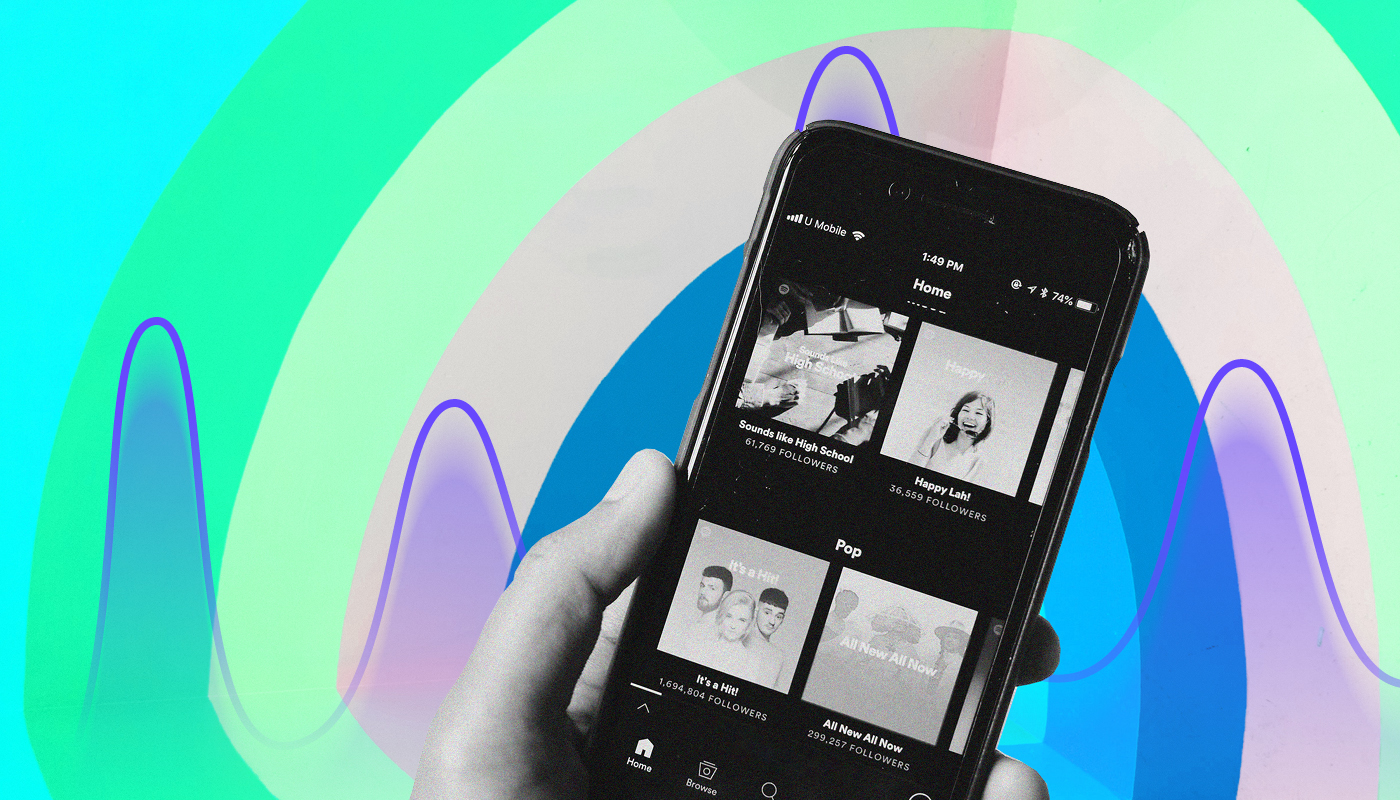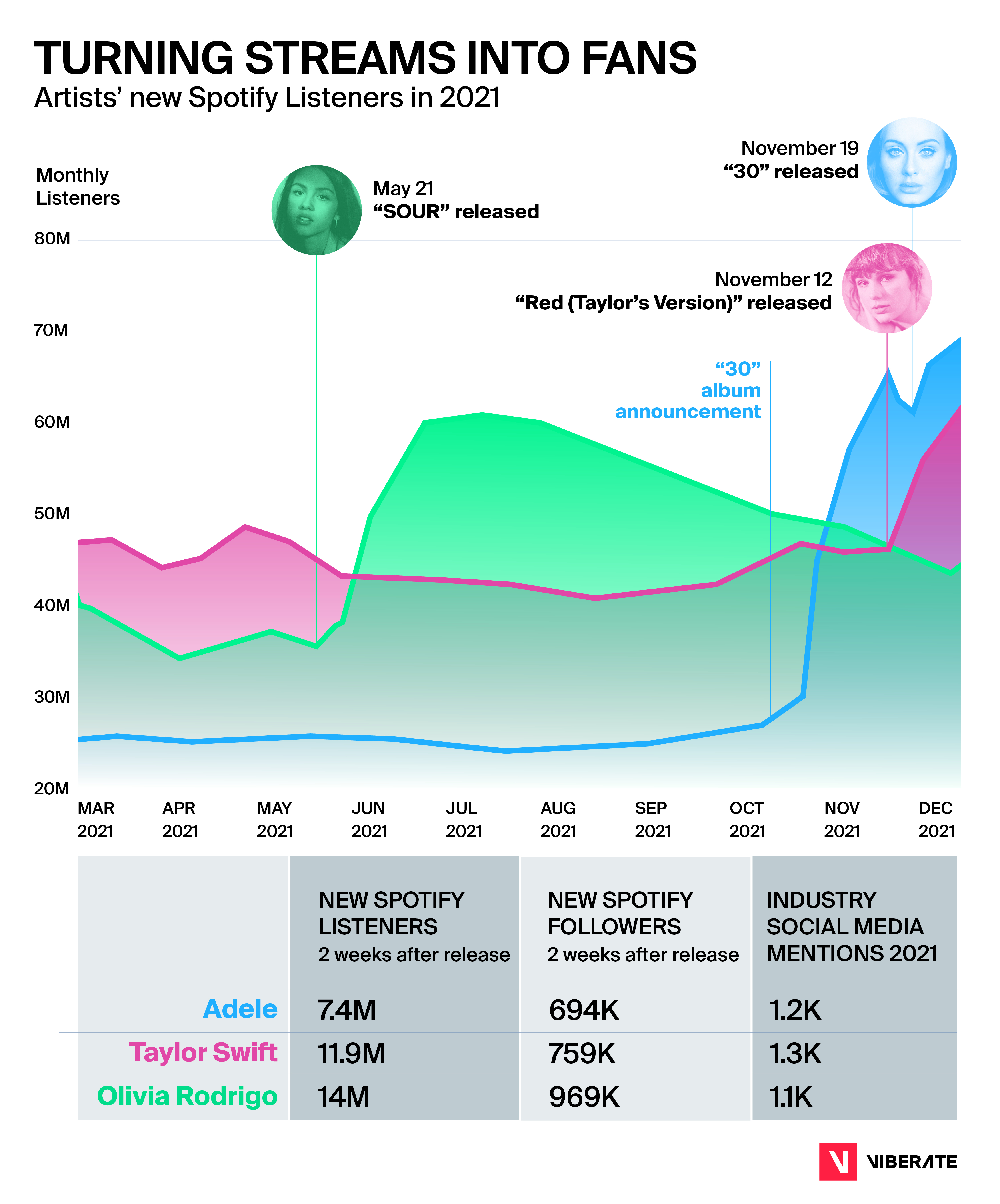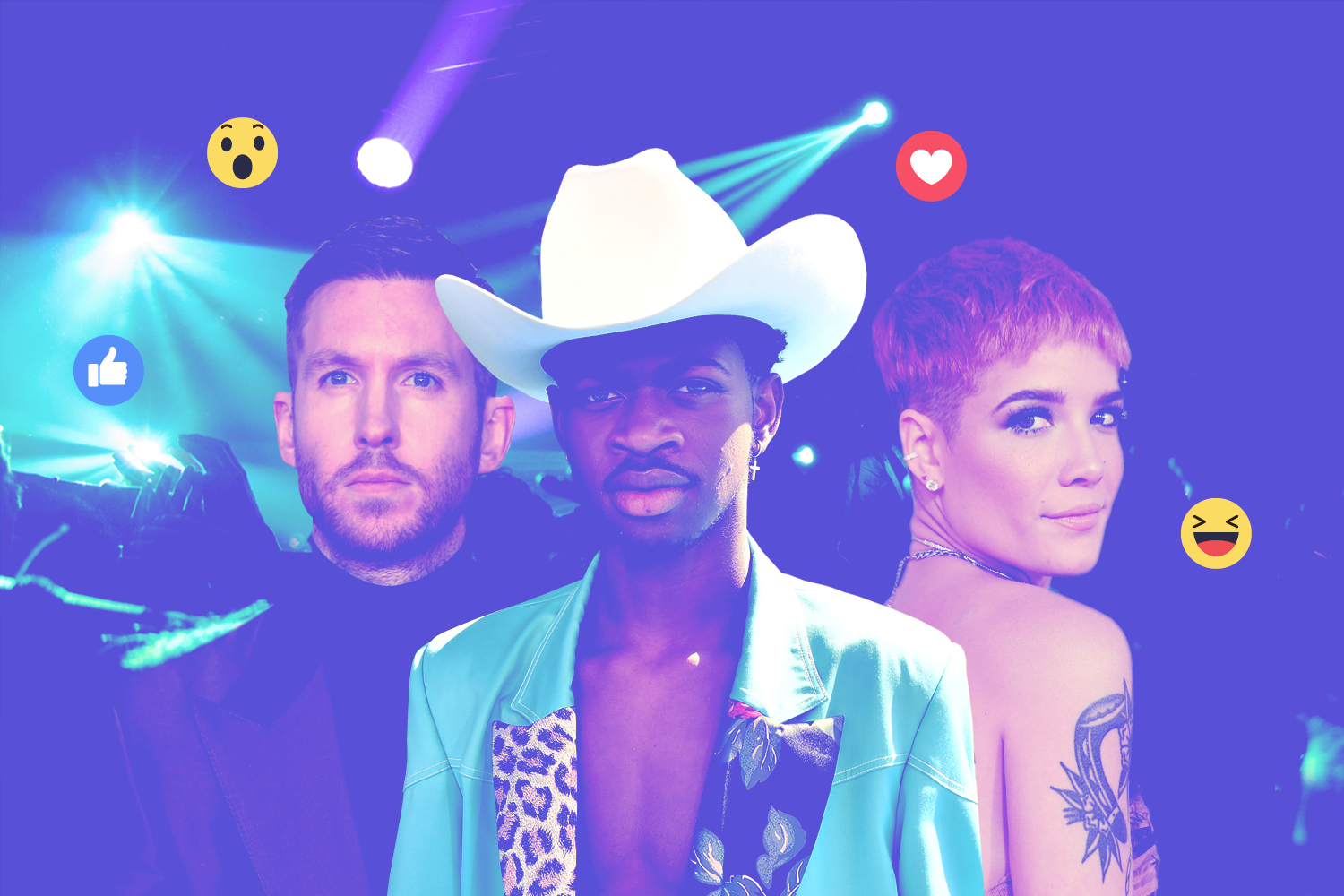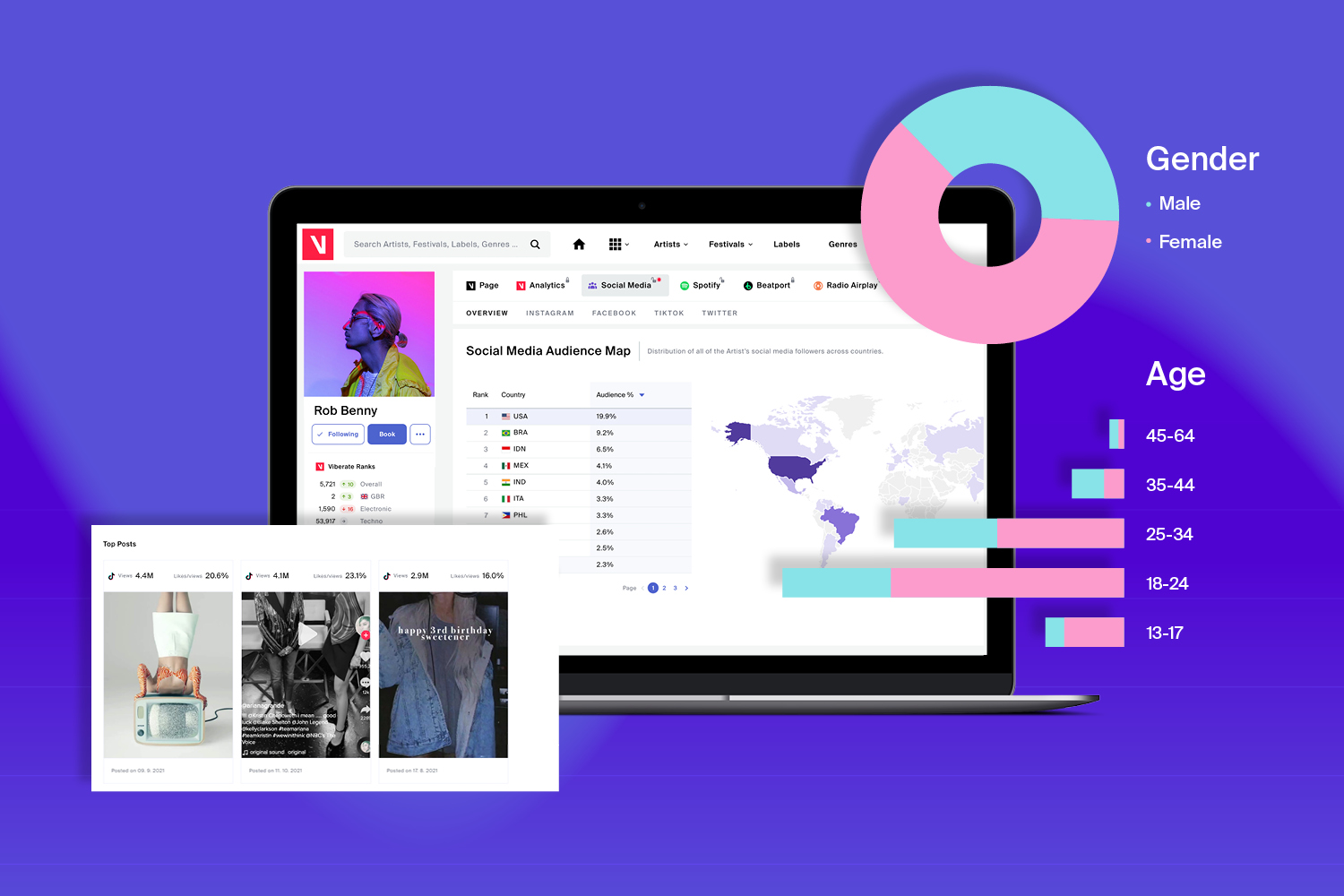 February 22, 2022
February 22, 2022 Neurodiversity in Music: Embracing Creative Differences
|
|
Image Source: Unsplash
Neurodiversity in Music: Embracing Creative Differences
Neurodevelopmental differences are starting to come to light in society more than ever. Conditions like ADHD, autism, and other learning disabilities aren’t always met with the stigmas and stereotypes they once were. While that’s great news for those dealing with those differences, there are always more ways for people to expand their understanding and acceptance –
– especially when it comes to music.
Neurodiverse people often experience the world in different ways. Their differences can help to shape their identity, but they also tend to have unique perspectives on what’s going on around them.
That sounds pretty great in terms of creativity, right? Neurodiverse individuals are typically incredible problem-solvers and are quick to come up with new ideas. There are already plenty of neurodiverse people within the music industry, so it’s important to see not only how they’re killing it in their careers, but how these creative differences should be celebrated.
A Deeper Understanding
One of the best ways to embrace neurodiversity in the music industry is to understand what it’s all about. For years, the focus was solely on ADHD. It’s still one of the most common conditions to fall under the neurodiverse umbrella. About 2.8% of adults across the globe deal with ADHD, which can cause symptoms like
-
Difficulty focusing
-
Boredom
-
Anxiety
-
Fidgeting
-
Hyperactivity
If you’re an adult with ADHD, there’s a good chance you weren’t properly diagnosed as a child. That’s a common problem, especially for girls. Some of the common signs can be overlooked or missed because of gender bias or differing disorders and assumptions. Many women today have had to learn how to manage ADHD on their own because they never received a diagnosis or treatment as children. Musician Solage Knowles is one of them. But, plenty of male musicians also deal with the condition, including Adam Levine and Justin Timberlake.
Obviously, ADHD hasn’t hindered the success of these musicians. But, by understanding what they might have to deal with, it’s easier to develop a newfound respect for how they manage their careers and how things might have played out differently for them if they didn’t have the condition.
The Benefits of Being “Wired Differently”
Music and creativity go hand-in-hand. It’s not uncommon for musicians to have to deal with “creative blocks” or a lack of inspiration, which can end up making their careers go stagnant. Neurodiverse artists tend to think differently, so it’s less likely that they’ll run into a creative jam.
Neurodiversity goes well beyond ADHD. Some of the most common types of neurodivergent conditions include
-
Dyslexia
-
Autism
-
Hyperlexia
-
Dyspraxia
Depending on the severity of the condition, artists can use these differences to help themselves stand out. They might look at problems differently and come up with ways to solve them that no one else would consider. That kind of creativity also comes through in everything from interesting lyrics to unique melodies and sounds.
Many neurodiverse people are also able to recognize what they’re able to do best. They’re often good listeners, which makes them so great at problem-solving, but they’re also innovators that can challenge old ways of doing things. Musicians like Carly Simon, John Lennon, and even Aerosmith’s Joe Perry are and were all neurodivergent, and have been touted as musical geniuses for years. Who knows what The Beatles would have been like without Lennon’s different way of thinking?
Neurodiversity and Representation
There are several reasons why embracing creative differences in the music industry is important. First, understanding and accepting neurodiverse musicians is a great way to further drop the stigma against these conditions. We’ve named a few familiar neurodivergent artists here, but there are many more – including some who probably haven’t gone public with their conditions.
It’s easy to see that although their conditions may impact the way they do things, they haven’t impacted the success of these individuals. In fact, their neurodiversity might be a major factor in that success.
Most importantly, though, neurodivergent artists can use their influence to help others. For example, Florence Welch of Florence and the Machine was diagnosed with dyslexia at a young age. She talks about some of her experiences in the forward of the neurodiverse handbook “Creative Differences”, published by Universal. Welch has been wildly successful throughout her career, largely because her sound and her songs are “different” and unique.
Welch’s willingness to step forward and write about her experiences as a neurodiverse person is huge. Musicians in the spotlight can use their influence and celebrity to boost neurodivergent representation across the world. So many fans (including kids) look up to their favorite artists. How much better would the stereotypes and stigmas around neurodiversity be if children saw their favorite musicians dealing with the same issues?
Each individual with a neurodivergent condition needs to handle it with a proper diagnosis and management techniques. But, the more we understand the importance of “creative differences” and neurodiversity representation in the music industry, the better the outlook will be for neurodivergent artists in the future.












Iconic Classics of 90's Rock
The 90s were a decade of rebirth. After the booming economy of the 80s went south, the materialism and capitalism of that decade quickly went in the rearview. The conservatism of the Raegan era ushered a sea change to the liberal Clinton years. In music, the glamour and glitz of synth-pop was stripped down to the raw, dark guitar-based sound of indie and grunge.
It’s hard to pigeonhole anything about the 90s. There were lots of contrapuntal things happening at the same time in politics, culture, fashion, and the arts. There were some undeniably classic rock songs throughout it all, however. Here are five that are each iconic for different reasons.
Click to read more ...